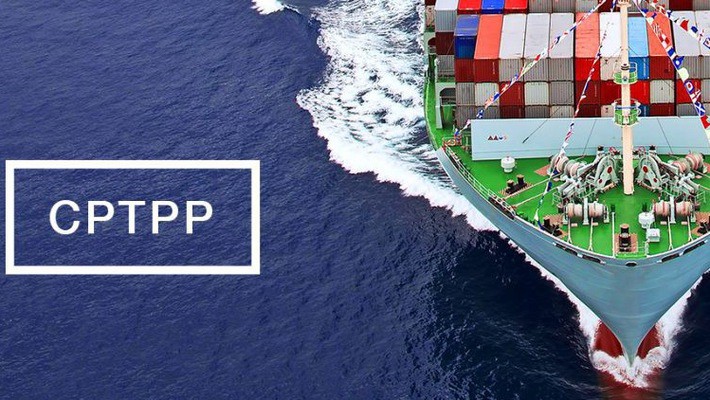(VOVWORLD) - Party General Secretary and President Nguyen Phu Trong has asked the National Assembly to ratify the Comprehensive and Progressive Agreement for Trans-Pacific Partnership (CPTPP). Once it is ratified, Vietnam will be part of one of the world’s biggest free trade blocs.
 (Photo: VNA) (Photo: VNA) |
CPTPP has 11 members – Australia, Brunei, Canada, Chile, Japan, Malaysia, Mexico, New Zealand, Peru, Singapore, and Vietnam. The agreement, which was signed in March this year in Chile, addresses tariffs, opening of service markets, intellectual property, and technical trade barriers, as well as less-traditional trade issues like labor, the environment, public procurement, state-owned enterprises, and poverty reduction.
CPTPP highlights Vietnam’s role
Vietnam actively participated in negotiating and signing of the Trans Pacific Partnership agreement (TPP), an earlier version of the CPTPP. Officials said the agreement ensures Vietnam’s core interests. Party leader and President Nguyen Phu Trong told the National Assembly:“Ratification of the CPTPP will demonstrate Vietnam’s commitment to renewal and comprehensive international integration, and elevate its position in Southeast Asia, Asia-Pacific, and the world. The pact will also help Vietnam realize its foreign policy of independence, self-reliance, diversification, and multi-lateralization, and reinforce its national defense and security. Once the CPTPP comes into force, it will strengthen relations between Vietnam and other CPTPP countries, especially those with whom Vietnam has a strategic partnership.”
The trade pact will reduce tariffs on all types of goods to zero in seven to ten years for Vietnam. Deputy Prime Minister and Foreign Minister Pham Binh Minh said the CPTPP will improve investment environment, business environment, and labor productivity in Vietnam: “The participating countries’ combined economies represent 13.5% of the global GDP. The CPTPP could increase Vietnam’s GDP by 1.3% and exports by 4% by 2035. Import turnover is likely to increase 3.8%, lower than the export increase, which is favorable for Vietnam’s trade balance. The signing of Free Trade Agreements with other CPTPP members will enable Vietnam to structure its import-export markets toward greater trade balance and strengthening Vietnam’s economic independence.”
Overcoming challenges
Because Vietnam has signed FTAs with seven of the ten CPTPP members, competition pressure from opening the market will come mainly from three countries: Canada, Mexico, and Peru. But these countries’ export structures differ from Vietnam. They are more complementary than competitive with Vietnam, which has a trade surplus with them. Vietnam has worked to restructure its agriculture by applying new technology to boost productivity and improve product quality to withstand competition. Deputy Prime Minister and Foreign Minister Pham Binh Minh said: “Several sectors like advertising and logistics services are likely to face fierce competition. But this will provide an opportunity to reduce business costs and facilitate Vietnamese business activities in general. To comply with the CPTPP, Vietnam will revise regulations on trade, customs, intellectual property, and labor. Vietnam is under pressure to change its legal system but will manage. Many of the new commitments match existing Vietnam’s Party guidelines and State laws. The experience gained in joining the World Trade Organization combined with diligent preparations and strenuous efforts will enable Vietnam to rise to the occasion.”